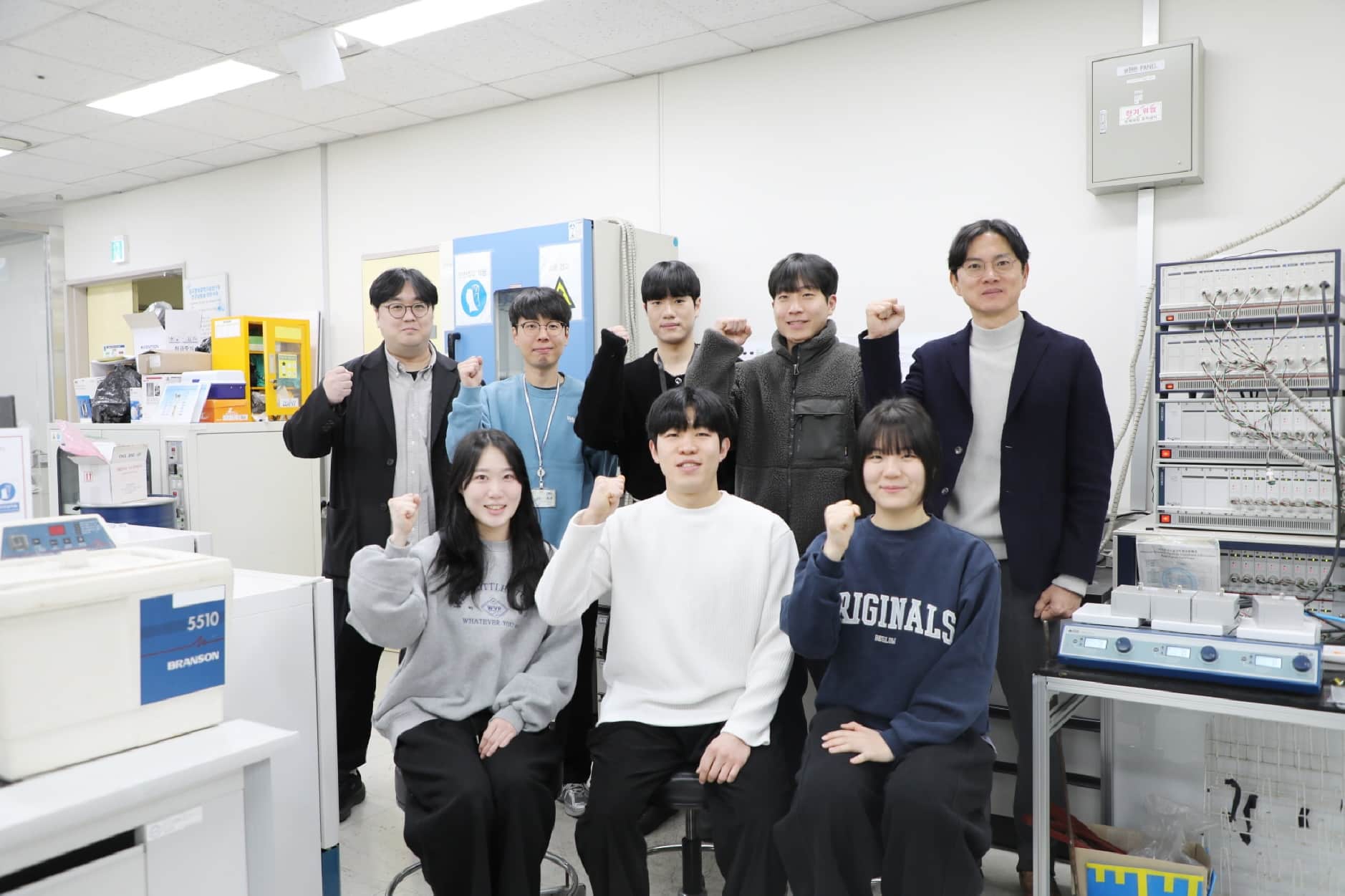A research team from the Daegu Gyeongbuk Institute of Science and Technology (DGIST), led by Dr. Kim Jae-hyun, has developed an innovative metallic lithium battery featuring a triple-layer solid electrolyte that promises to enhance the safety and efficiency of current batteries. This breakthrough could revolutionize sectors such as electric vehicles (EVs), portable electronic devices, and large-scale energy storage systems.
The Problem with Conventional Batteries
Solid electrolyte batteries have been considered a safer alternative to traditional lithium batteries, but they have structural limitations that affect their efficiency. One of the most critical issues is the formation of dendrites, tree-like structures that grow during charging and discharging cycles, causing internal disconnections and, in extreme cases, fires or explosions.
The Triple-Layer Solid Electrolyte Solution
The DGIST team tackled these challenges by developing a triple-layer solid electrolyte, where each layer plays a specific role in enhancing the stability, durability, and performance of the battery:
- Fire Prevention: Decabromodiphenyl ethane (DBDPE), a flame retardant, was used to mitigate combustion risks.
- Increased Mechanical Strength: The incorporation of zeolite enhances the structural integrity of the electrolyte.
- Improved Ion Mobility: A high concentration of LiTFSI (lithium bis trifluoromethanesulfonyl imide) was added to facilitate the rapid movement of lithium ions.
This structure combines a robust central layer for enhanced mechanical strength and soft outer layers that ensure excellent contact with the electrode, improving lithium ion flow and reducing dendrite formation.
Notable Results in Performance and Safety
In laboratory tests, the metallic lithium battery developed by DGIST demonstrated impressive results:
- Durability: It retained 87.9% of its performance after 1,000 charge and discharge cycles, outperforming traditional batteries, which typically maintain between 70% and 80% of their capacity.
- Fire Safety: The battery can self-extinguish in the event of a fire, significantly reducing the risks associated with thermal failures.
Potential Applications
This advancement has implications for a wide range of industries. From small devices like smartphones and wearables to electric vehicles and large-scale energy storage systems, batteries with triple-layer solid electrolytes offer a promising solution for enhancing safety and performance in modern applications.
Dr. Kim stated: “This research has the potential to significantly contribute to the commercialization of metallic lithium batteries with solid electrolytes, providing improved stability and efficiency for energy storage devices.”
Collaboration and Publication
The project was funded by the Korea National Research Foundation through the Future Materials Discovery Program and the Mid-Career Researchers Program. The findings have been highlighted as a cover article in the prestigious scientific journal Small, published by Wiley.
The development of this triple-layer solid electrolyte battery marks an important step toward the future of energy storage technologies, offering a safer, more durable, and efficient solution. This advancement could accelerate the transition to more reliable electric vehicles and sustainable energy systems, playing a key role in the global energy revolution.
via: dgist

